This guest blog comes courtesy of Jessie Hardcastle, staff member working as the Fit for King’s Manager within the Estates & Facilities Department.
Jessie’s Vegan Story
When I joined King’s in June 2009 I quickly thought “what a wonderful place to work” – you know when you just find yourself looking forward to getting out of bed in the morning to see your colleagues? I knew this was my kind of place, filled with my kind of people.
10 years later in a very different job and working alongside completely different people I still think that. For lots of reasons. But certainly when Vision 2029 rolled out and the university announced that we are striving to make the world a better place all my personal values (which definitely also drive me at work) hummed happily.
Recently King’s has kept me humming happily even more than usual – because it doesn’t seem to matter which campus I’m on, I can find a vegan breakfast, vegan lunch and perhaps even more importantly – vegan cake for “elevensies”. I use to venture more onto the high street to find vegan options (there are plenty of options there too!) but frankly, the variety of options at King’s tends to be better.
I went vegan for a fairly common reason – I didn’t like the idea of killing an animal for a meal myself, and I didn’t want someone else to do it for me. And when I looked into it, other animal products were not separate to but part of that same industry.
This was a little over 18 years ago when I was still living in Auckland. Without wishing to sound like your plant-based-gran, I can’t help but tell you that “back in those days we didn’t have things nearly so easy.”
I remember one evening, not long after going vegan, I complained to my Mum the only thing I could eat in the fridge were three peppers. “At least there is a red, a green and a yellow one” she said!
Thankfully I enjoy a lot more variety than that now. And despite how that sounds, my family actually quickly became very supportive. I’ve also very rarely had any stigma from my friends and colleagues that wasn’t meant in good humour.
The biggest change in my life recently was giving birth to a baby girl in September 2018. I was secretly worried I might have a small baby that people would claim to be malnourished because of my vegan diet. Enter Charlotte Grace, weighing a whopping 9lb 14oz and quick to dispel that myth. Now a healthy sized toddler, she’s has a good appetite, definitely thriving and eating a wide variety of food. She shared some veggie sushi with me the other day, bravely trying new food without the bat of an eye. That might have been a different story if I’d includes the wasabi mind you.
Going vegan is so clearly linked with my other life choices, that how I spend my money, time and energy can help shape the world I want to live in. And for me, that includes working for an organisation that wants to make the world a better place.

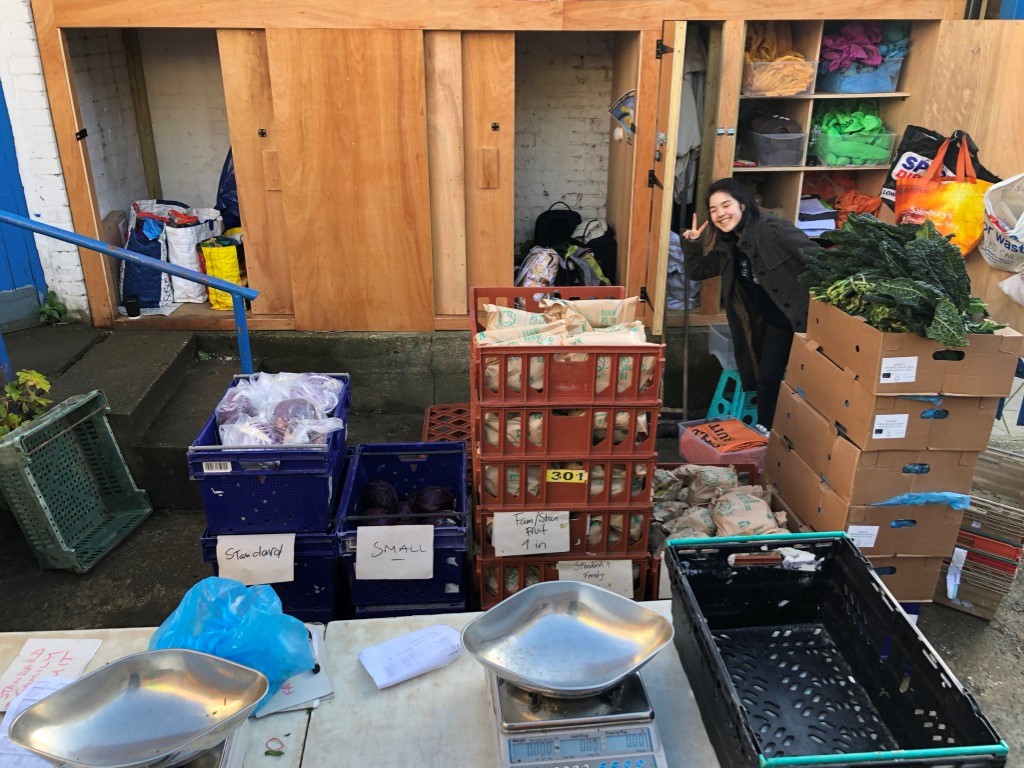

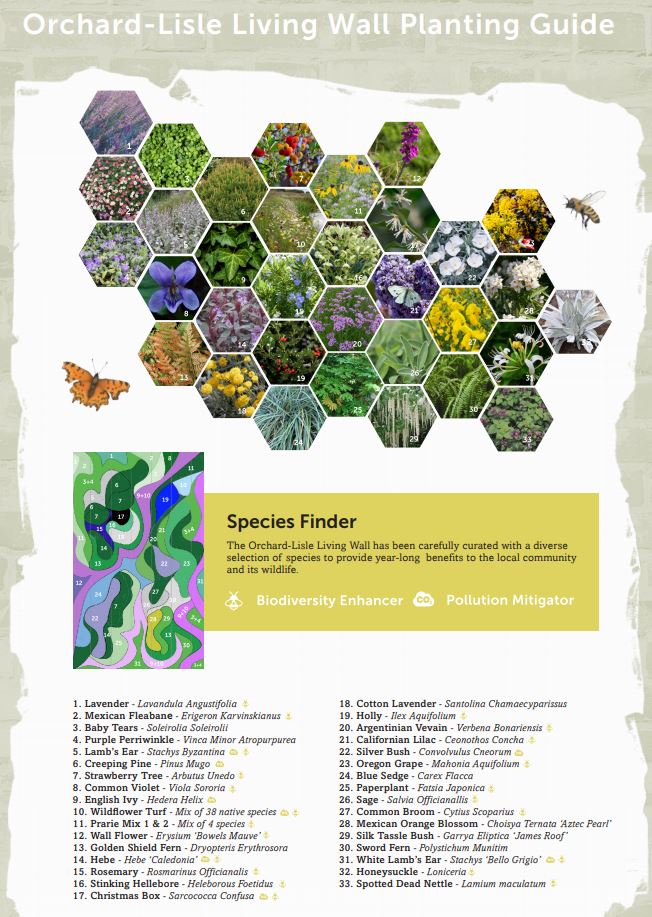
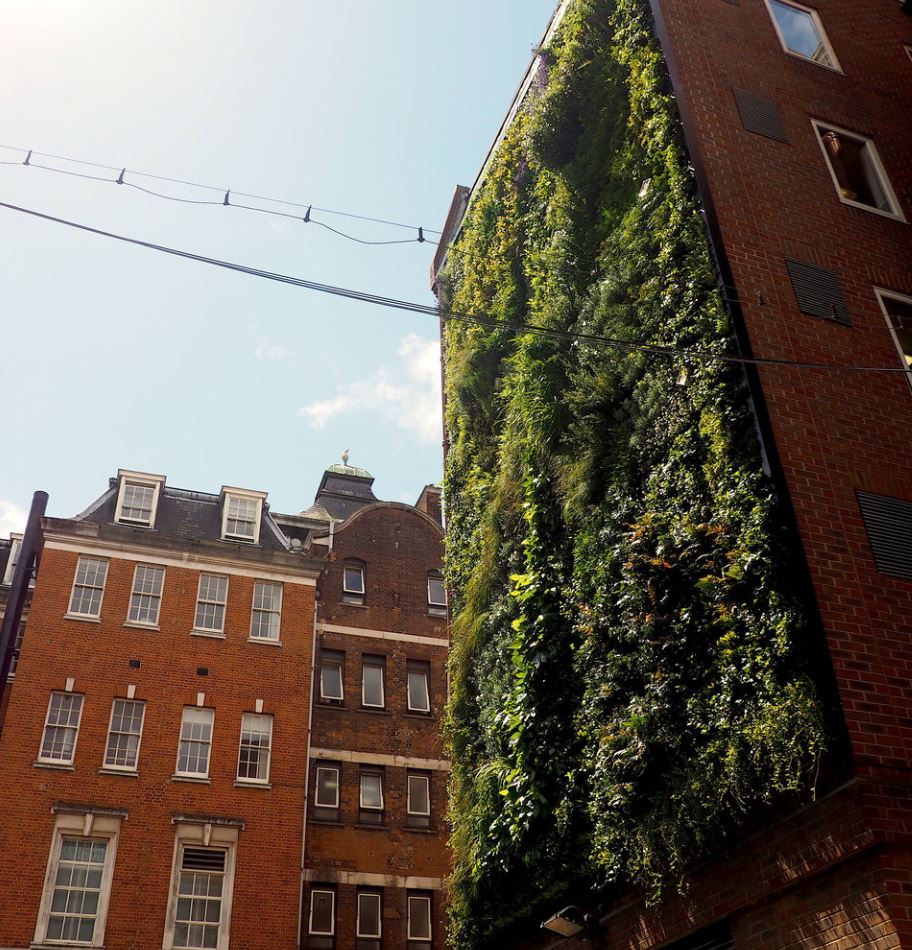



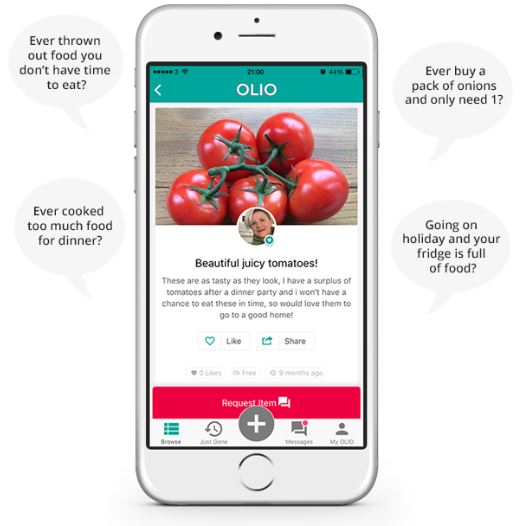
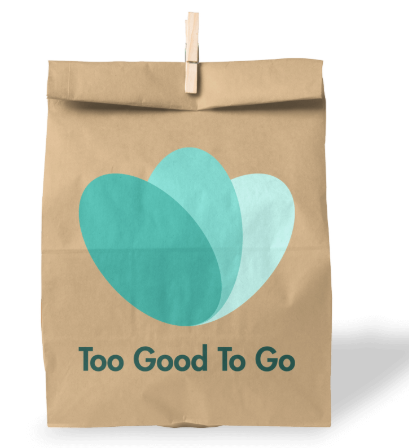

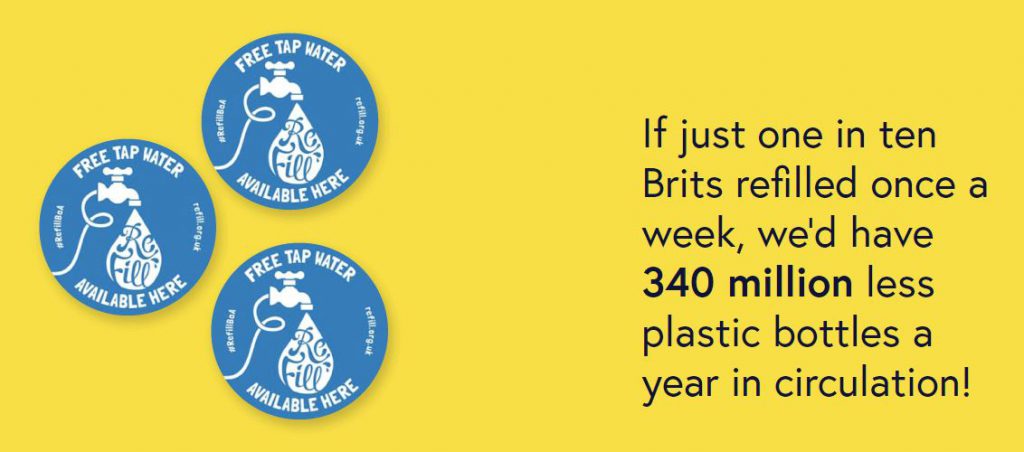
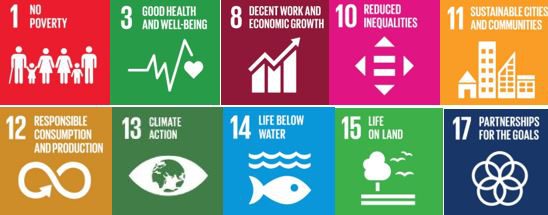
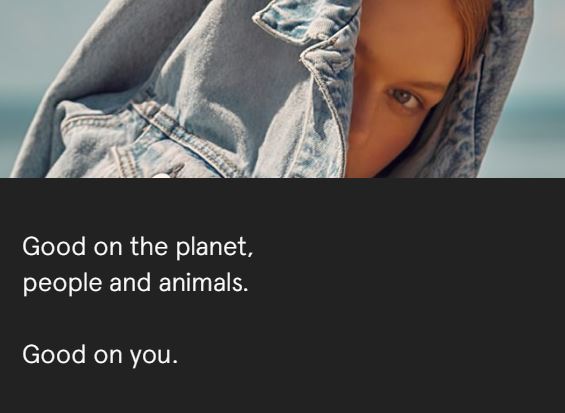

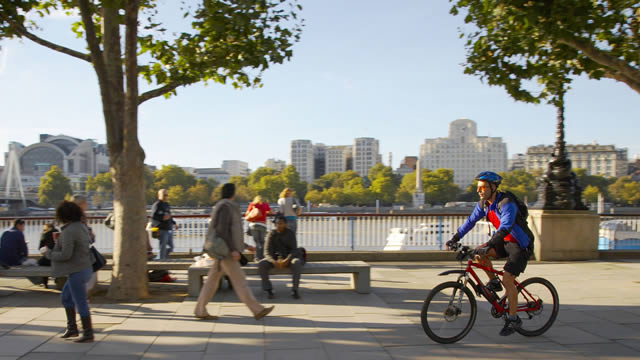

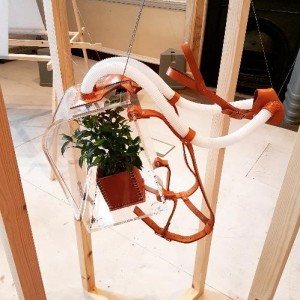
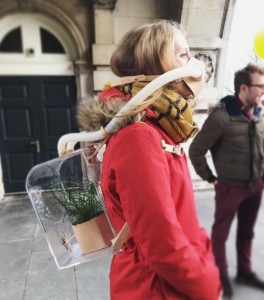
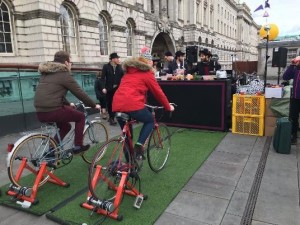
 Under certain conditions, many diesel cars will also switch off their emission controls. Legal loopholes enabled them to do this when the outside temperature falls below 18°C. While manufacturers claim this is to protect the engine, average temperatures in London mean this causes significant problems for the city’s pollution levels, as cold periods are often when pollution builds up. This is made worse by the rising number of diesel vehicles on London’s roads.
Under certain conditions, many diesel cars will also switch off their emission controls. Legal loopholes enabled them to do this when the outside temperature falls below 18°C. While manufacturers claim this is to protect the engine, average temperatures in London mean this causes significant problems for the city’s pollution levels, as cold periods are often when pollution builds up. This is made worse by the rising number of diesel vehicles on London’s roads. Therefore, even local pollution might require cross-border efforts to be tackled effectively. “It’s also someone else’s local emissions. And where are our local emissions going when they are not causing us a problem? They are going to somebody else”, says Tim Baker.
Therefore, even local pollution might require cross-border efforts to be tackled effectively. “It’s also someone else’s local emissions. And where are our local emissions going when they are not causing us a problem? They are going to somebody else”, says Tim Baker.